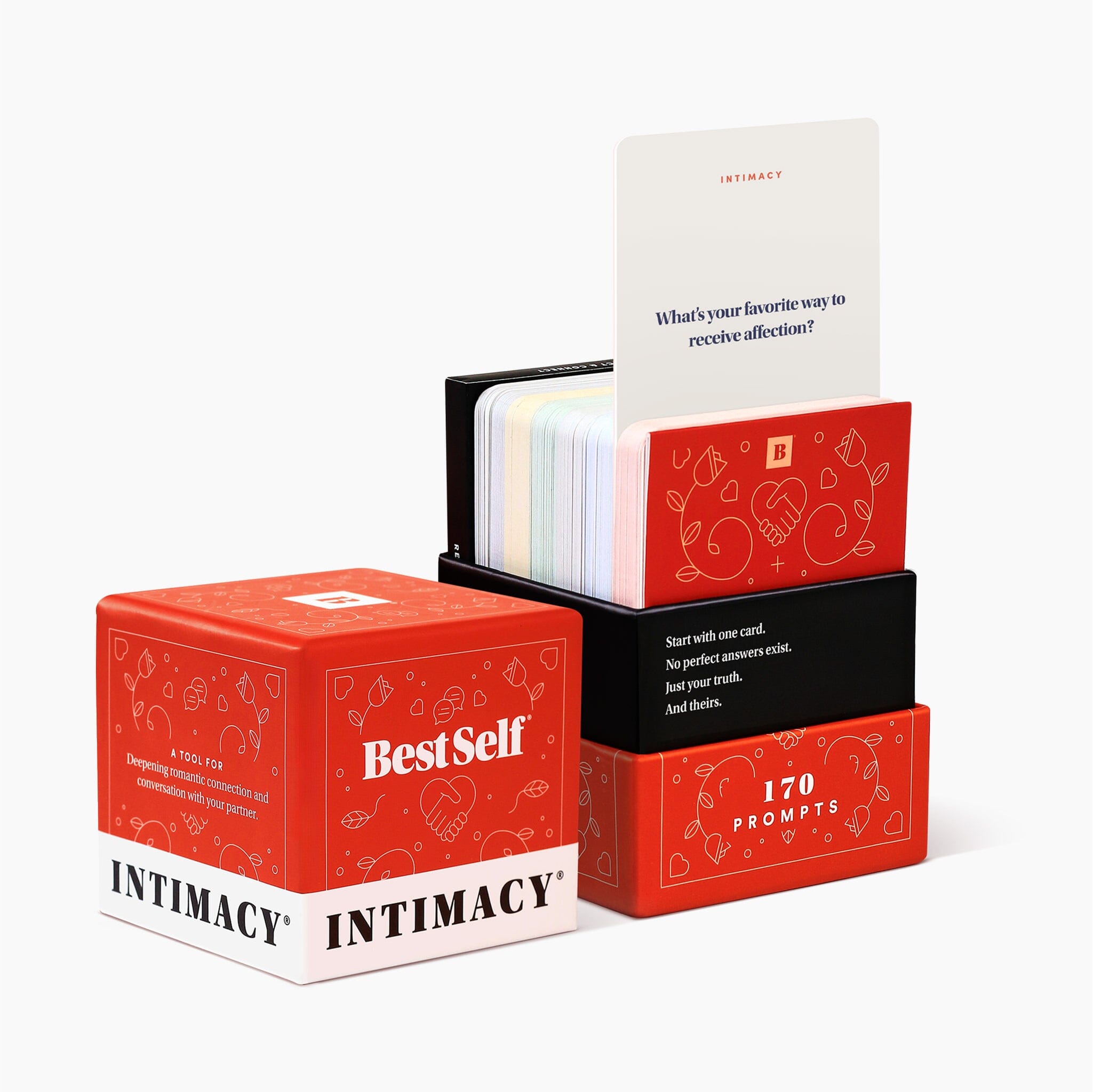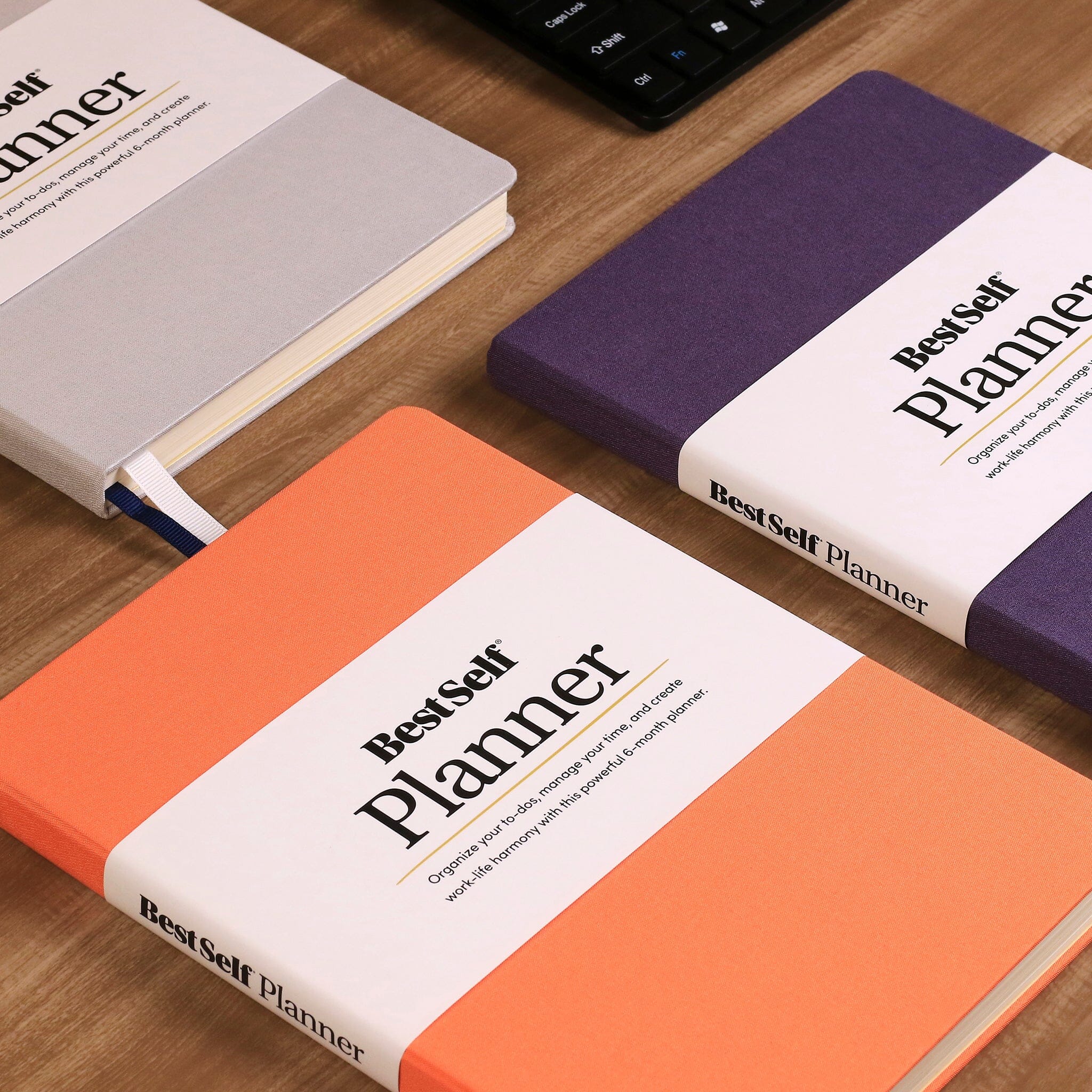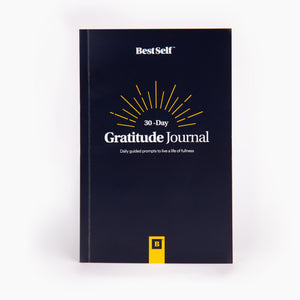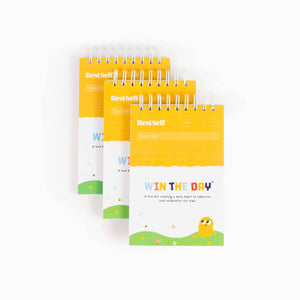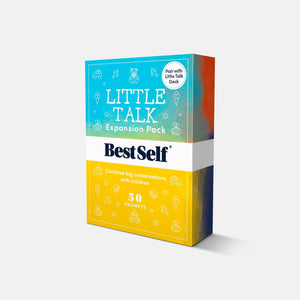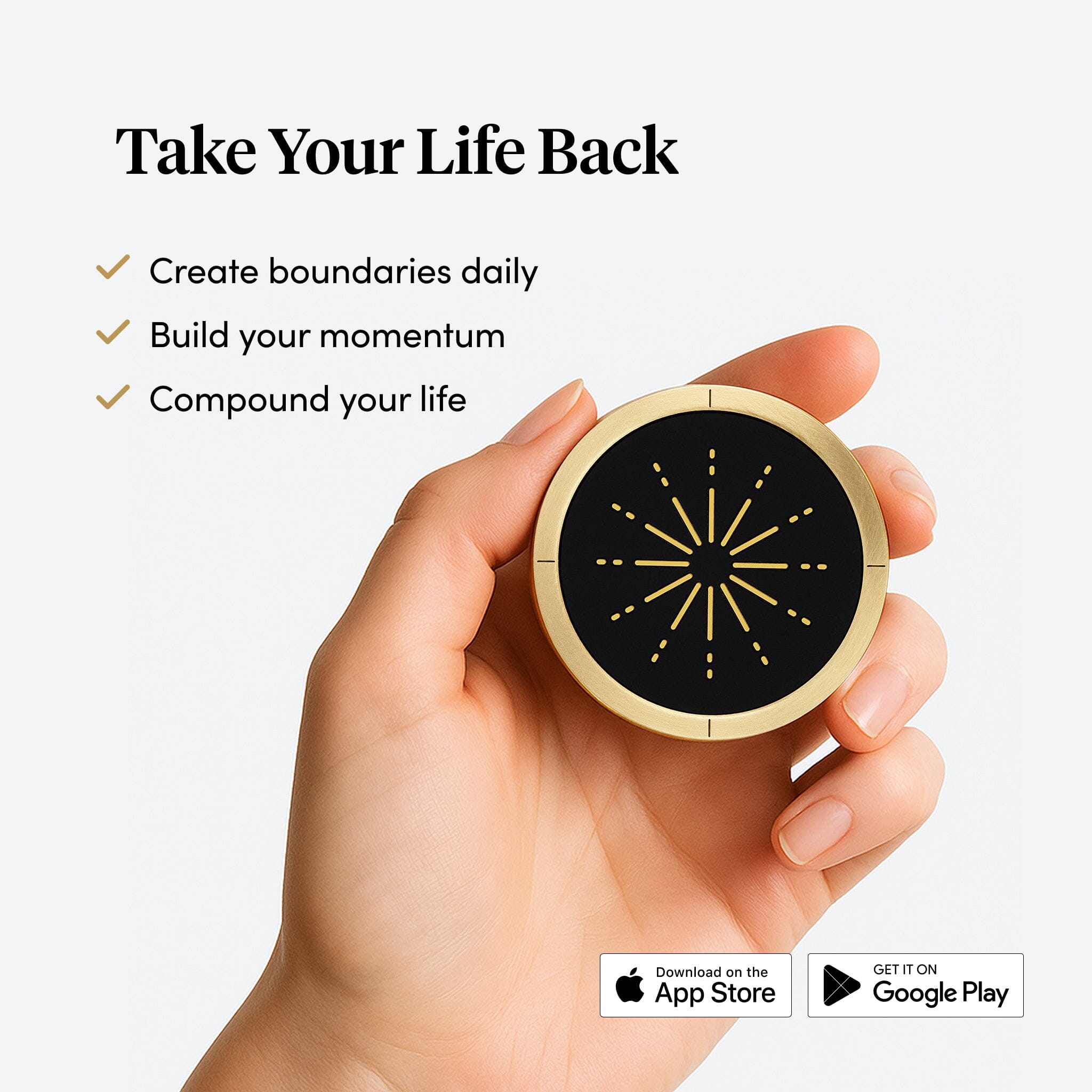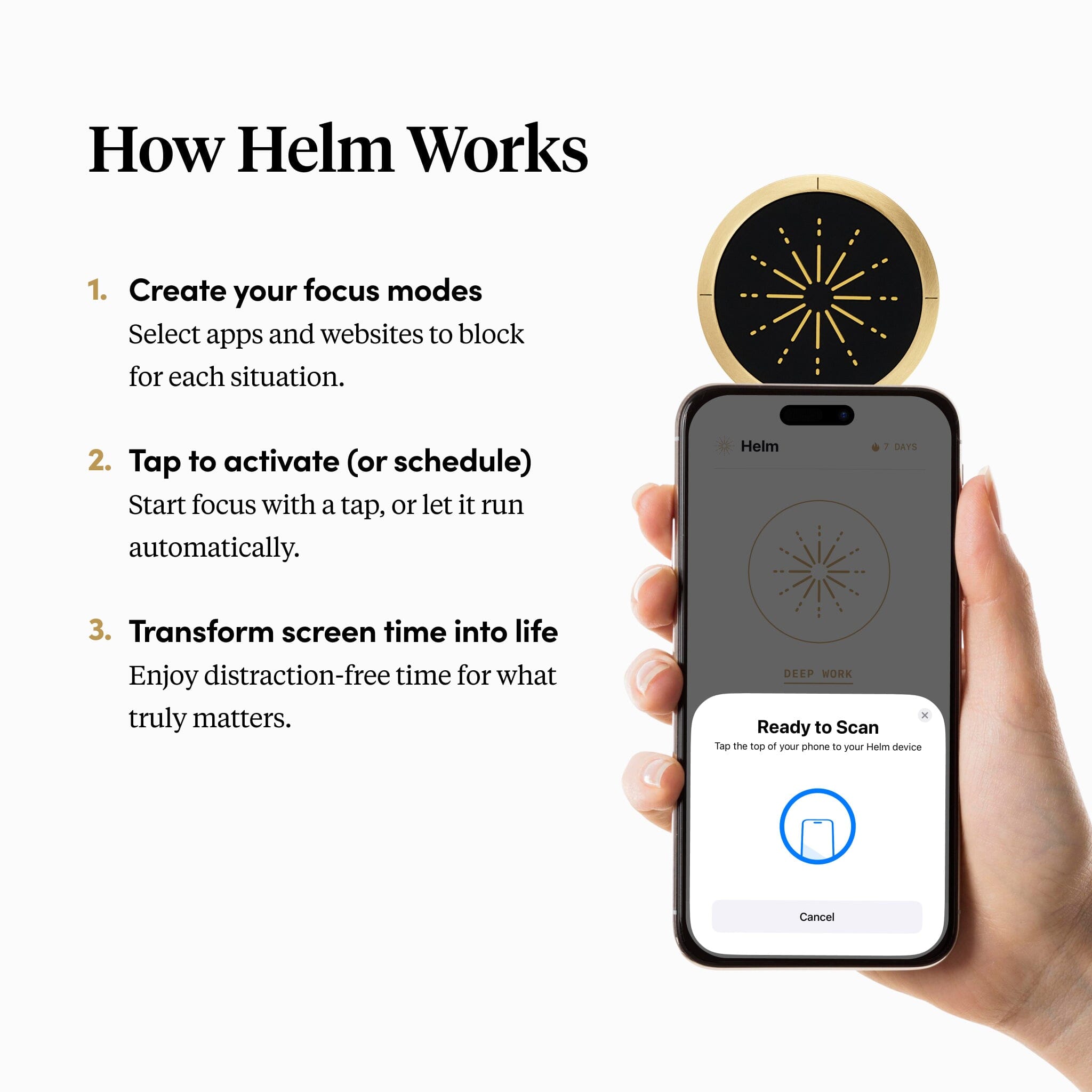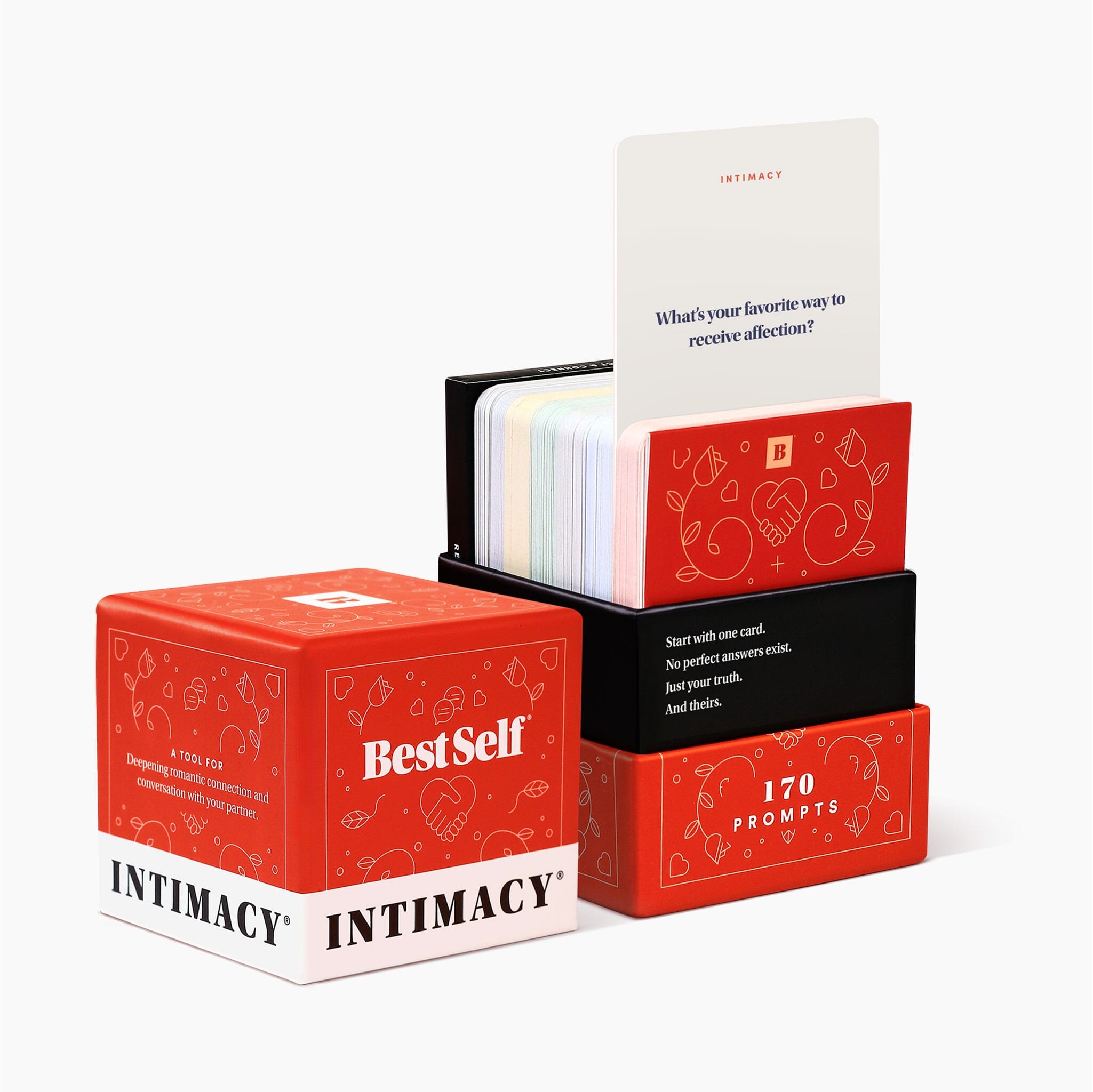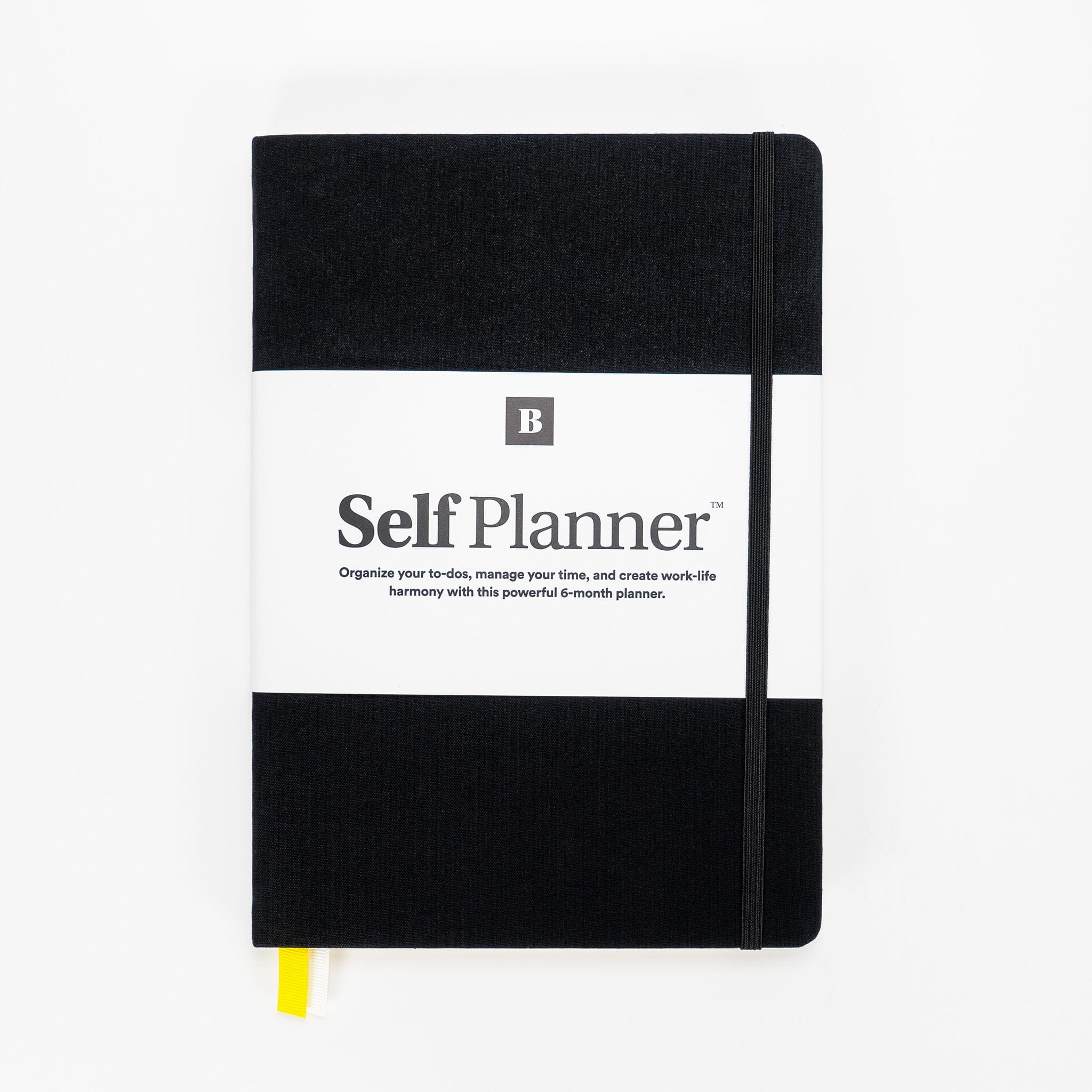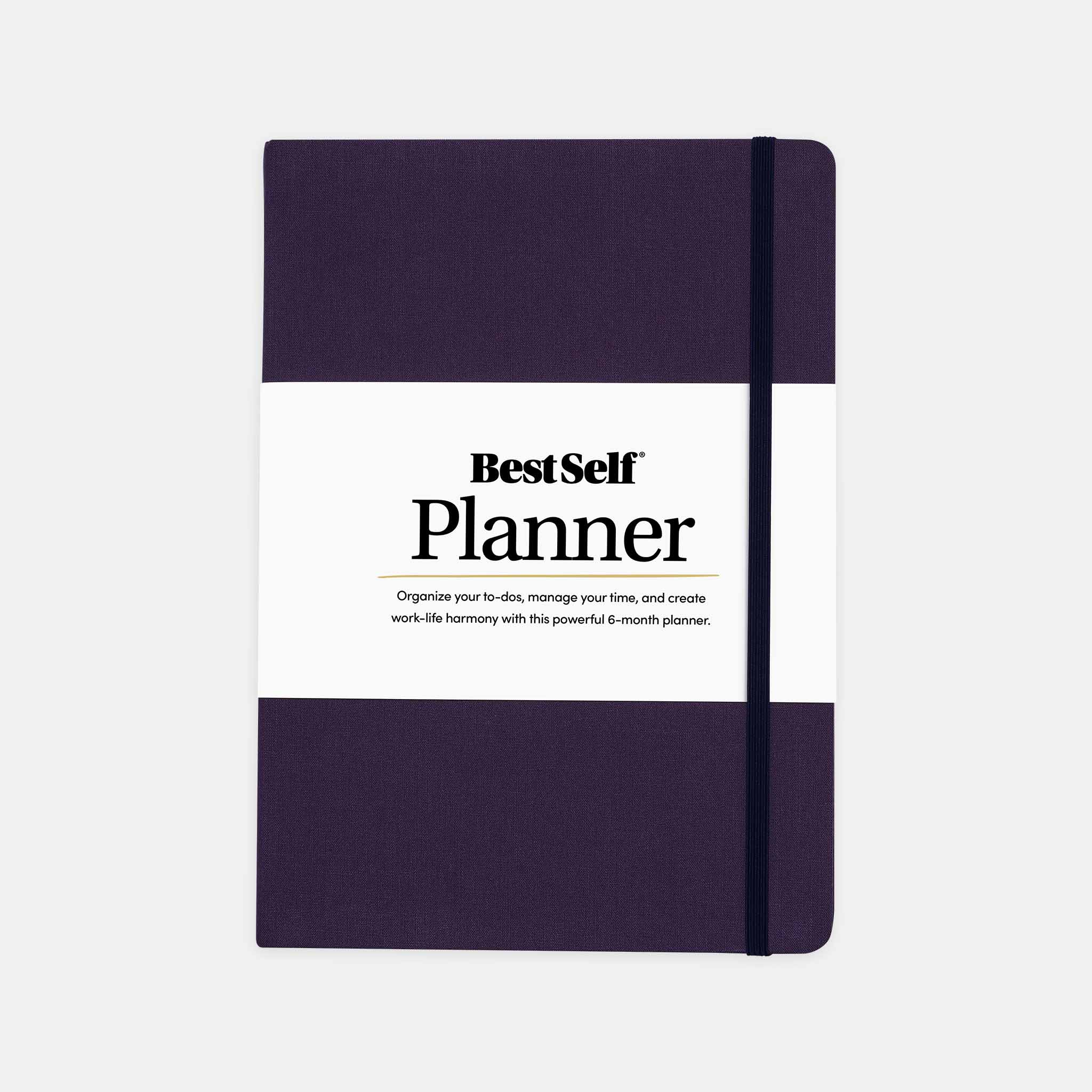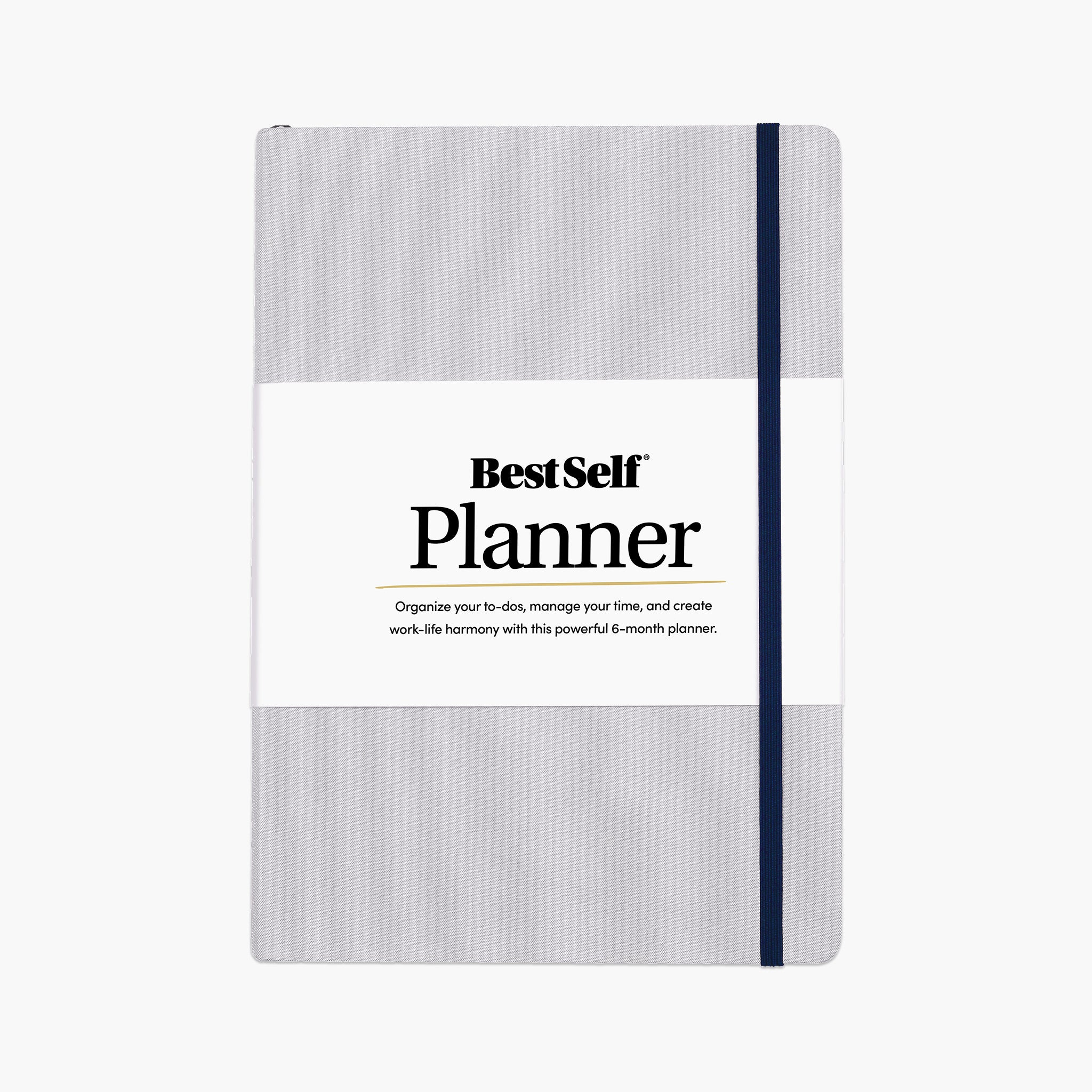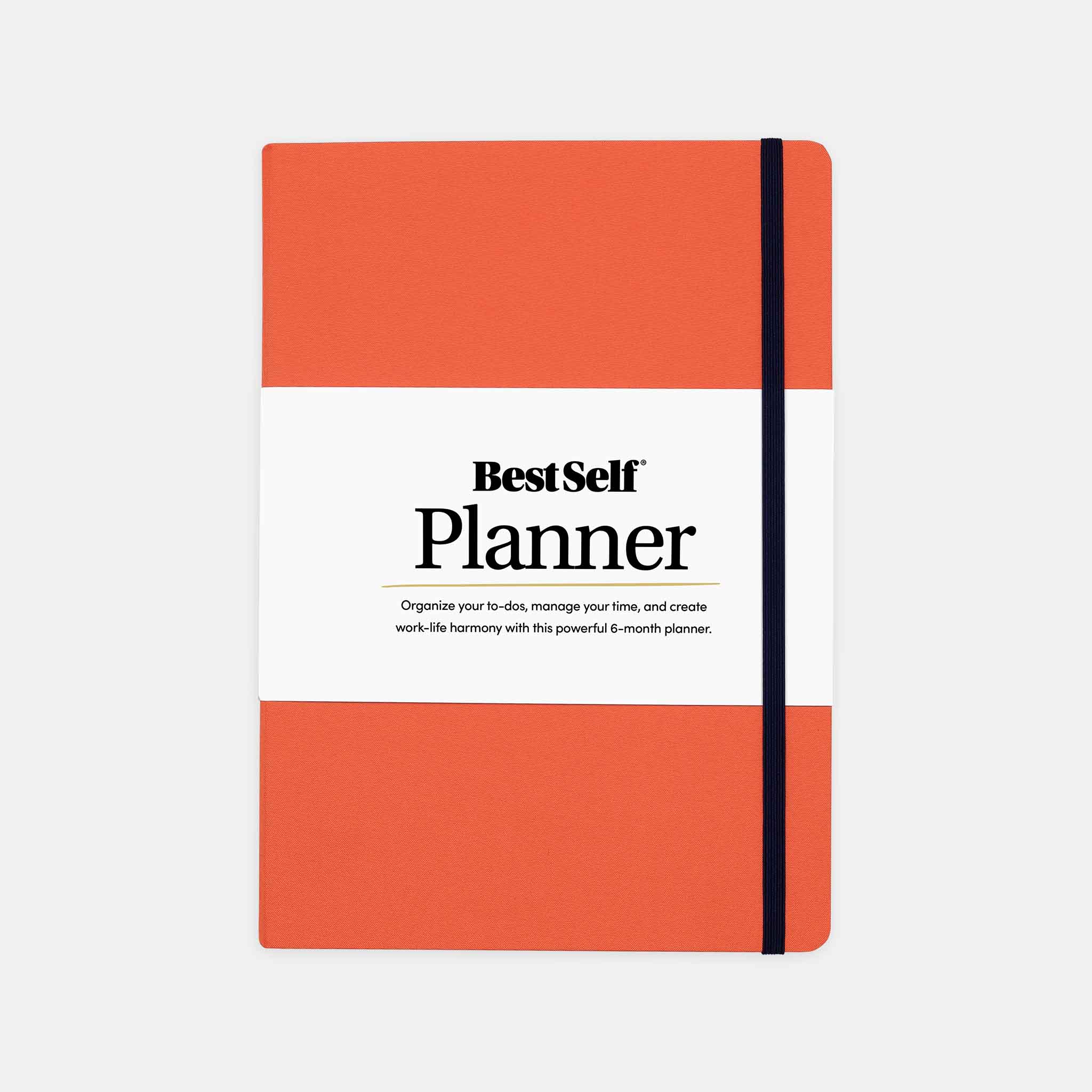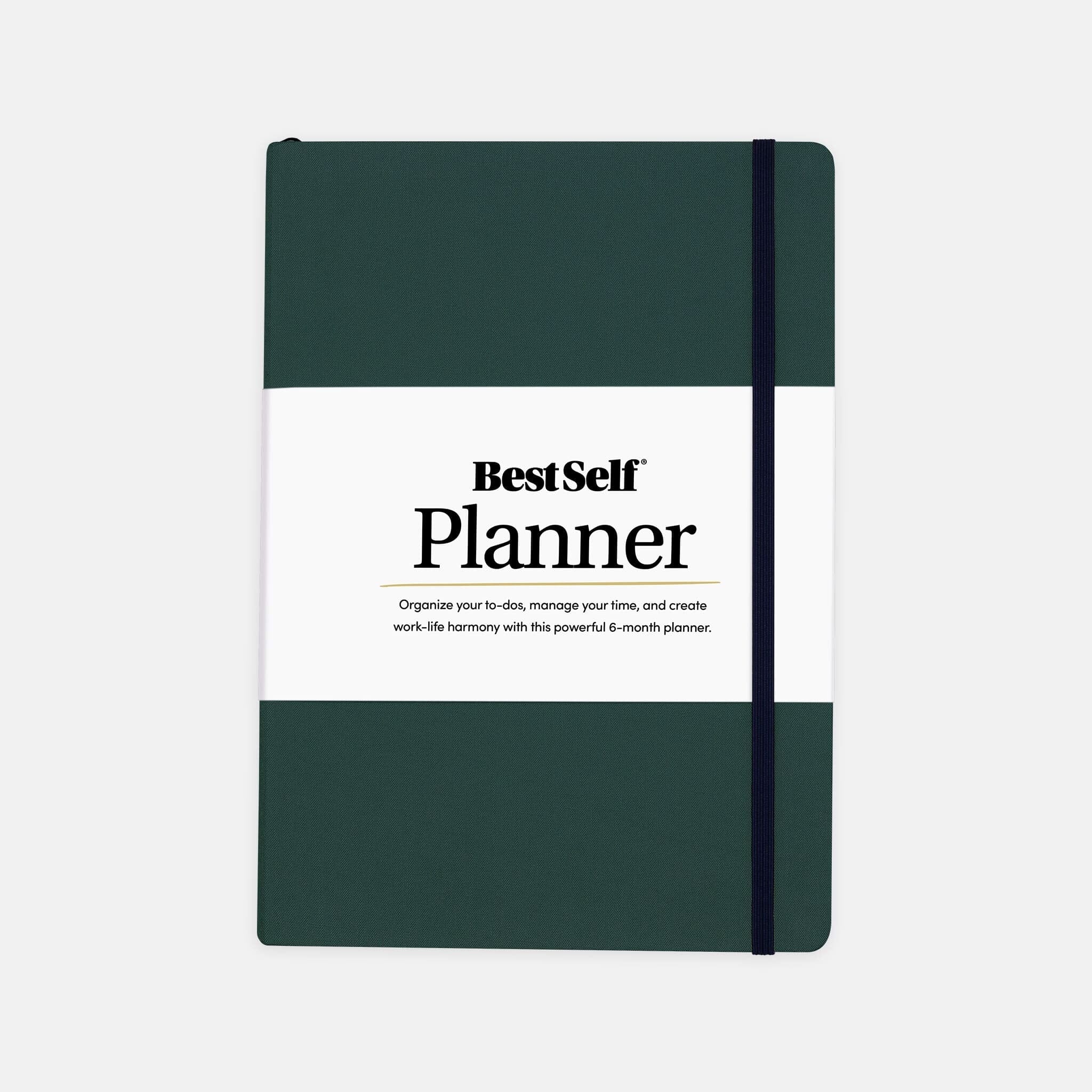Everyone runs into setbacks. They show up at work, at home, and sometimes just in our heads. Whether it’s a missed deadline, a strained relationship, or a personal goal that didn’t pan out, setbacks create frustration and doubt. But what if those same moments could help us move forward stronger than before? Instead of brushing them off or spiraling into self-blame, there’s a helpful way to face them: reflection through journaling.
Writing in a growth journal gives us space to unpack not just what went wrong, but why it happened and how it shaped us. It’s much more than just venting on paper. Reflection helps you spot patterns, recognize your role in different outcomes, and fine-tune your reactions going forward. By turning reflection into a regular habit, you make room for personal growth even when life throws curveballs.
Understanding Setbacks And How They Affect Us
Setbacks are part of life. But when they hit, they often feel much bigger than they are. You might miss out on a promotion, get feedback you weren't prepared for, or even fall short on a health goal you set for yourself. These situations don’t just cause temporary stress. They can shift the way we see ourselves and shake our confidence if we let them simmer without processing.
The way people handle setbacks depends a lot on mindset. Sometimes they lead to frustration or avoidance. Other times they spark self-blame or the belief that success isn’t possible. What’s common across the board is that setbacks usually trigger strong emotions like sadness, anger, disappointment, or even numbness. Ignoring those feelings doesn’t make them go away. Talking about it helps, but writing about it gives you a private space to look closer without judgment.
One useful example is someone who submits a creative pitch at work and gets zero interest from the team. The first reaction might be embarrassment. The second might be silence. But writing down what happened and how it felt can uncover more than just emotion. It might show a mismatch between the idea and the audience, a rushed presentation, or a missed opportunity to collaborate sooner. From there, it's easier to choose the next move.
Why A Growth Journal Helps
A growth journal works like a mirror. You’re not just recording events. You're learning from them. The idea is to reflect on your experiences over time so you can grow into the version of yourself that you’re aiming for whatever that looks like.
Here’s what makes having a growth journal useful after a setback:
- It gives your thoughts a place to land. You don’t need answers right away. You just need to start with what’s real.
- It lets you rewind the moment and look at what happened in full what you did, how you felt, and what drove your decisions.
- It gets feelings out on paper, which can take the pressure off your mind.
- It helps organize what might feel messy. Emotions, facts, and lessons start to make sense in one place.
- It builds a habit of asking better questions like “What did I learn?” or “What would I do differently next time?”
Instead of letting setbacks pile up inside, writing about them helps shift the focus from failure to progress. Sure, things didn’t work out how you hoped. But there’s still something to take forward, and sometimes that’s the most valuable part.
Steps to Reflect on Setbacks Using a Journal
To make the most out of your growth journal, follow some simple steps that will steer you from confusion to clarity. First, write down the details of your setback. Be honest and factual about what happened. Capture every detail, whether big or small, because this will be the groundwork for understanding the situation. This step isn’t about blaming yourself or others but about getting a clear picture of the incident.
Next, take the time to explore the emotions tied to the setback. Ask yourself: How does this make me feel? Angry, disappointed, or maybe relieved in some way? Pinpointing your emotions helps you face them head-on rather than letting them steer your decisions subconsciously. Reflecting in this way can bring a sense of relief, allowing you to process and address your feelings constructively.
Once you’ve tackled the emotional landscape, examine what might have caused the setback. Could it be a lack of resources, miscommunication, or perhaps timing? Understanding the root causes helps turn a vague problem into a fixable one. This analysis arms you with the knowledge needed to avoid similar situations in the future.
After you've dissected the cause, shift your focus to learning. Consider what the setback taught you. Ask yourself, "What can I take away from this experience?" Every setback holds valuable lessons that guide your growth and improve decision-making skills. With lessons in hand, set new goals. Create a plan that incorporates what you've learned and paves a clearer path forward.
Transforming Reflections Into Growth
Harnessing reflections from your journal is like planting seeds for personal development. Once you recognize the lessons your experiences offer, you can start nurturing positive changes and growth. Whether it means adjusting your daily habits, communicating more effectively, or embracing a new mindset, the potential for improvement is limitless.
Imagine someone constantly juggling too many tasks at once, leading to missed deadlines and stress. Through journaling, they discover that focusing on fewer tasks allows deeper concentration and improved efficiency. By setting new priorities, this individual transforms scattered efforts into focused achievements.
Turning insights into action means taking deliberate steps. Start by listing specific actions needed to implement your lessons. Perhaps it’s scheduling dedicated focus time, asking for help where needed, or using tools that minimize distractions. Build these actions into your daily routine and watch how they reshape your path.
Embrace the Growth Journey
Continuous reflection is key to long-lasting growth. Setbacks aren’t the end. Instead, they mark new beginnings loaded with opportunities to learn and evolve. By keeping a growth journal, you make reflection part of your everyday routine. This ongoing practice helps you navigate life's challenges confidently, keep learning, and celebrate the progress along the way.
Remember, setbacks are stepping stones, not roadblocks. As you reflect, you build resilience and learn to embrace new perspectives and approaches. Every time you open your journal, you allow yourself the chance to pause, look inward, and steer your ship with purpose and intention. The growth journey, fueled by reflection, is a lifelong adventure.
Embrace the power of reflection and watch your personal growth flourish by using a growth journal. It's one of the simplest yet most effective ways to turn challenges into stepping stones for development. For more strategies and tools to support your journey, explore our resources at BestSelf Co.
